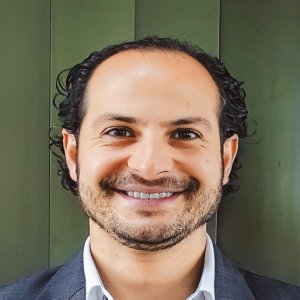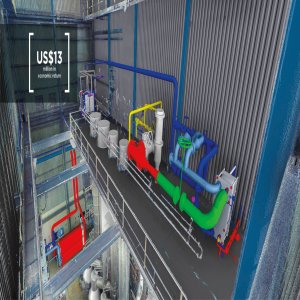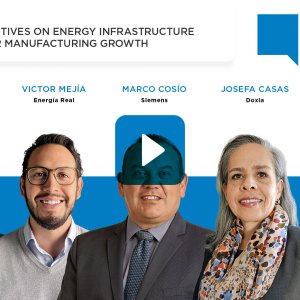Science and Innovation Power Efficiency

STORY INLINE POST
Q: How does 3M approach sustainability across its product portfolio?
A: Our vision is to apply science to life and use that strategy to counter sustainability challenges. 3M’s view of sustainability has three dimensions. First, the footprint of our manufacturing operations. Second, sustainability applied to our products. And third, the development of sustainable technologies. Both 3M’s corporate offices and 3M Mexico have aligned their efforts toward sustainability and look at this concept as a driver for innovation.
Globally, 3M has a committee that focuses on linking these three dimensions of sustainability. The main challenges to sustainability that 3M has identified are in the areas of energy, climate change, raw materials, water, health and safety, education and development. These challenges are related to the UN’s Sustainable Development Goals. Sustainability must be addressed as an opportunity to think outside of the box, innovate and take advantage of new markets and profitable business opportunities rather than as a requirement to meet regulations.
Q: What milestones has 3M reached toward advancing its sustainability vision?
A: About 30 percent of all 3M manufacturing facilities have reached a zero-landfill goal. Another target is to increase our use of renewable energy by 25 percent toward 2025. We are well on track to meet these objectives, so the company needs to continue working on the pillars of its sustainability vision. For instance, the company made major investments to generate wind power in situ at 3M’s factories in the US. At the same time, 3M’s Mexico manufacturing plants, its products and the technologies that it develops must be oriented to sustainability. For instance, our factories have advanced toward a sustainable use of water and energy and waste reduction.
Q: What products is 3M bringing to its portfolio to underpin the sustainability of its clients’ operations?
A: 3M has created a special film that can be applied to windows to increase the energy efficiency of buildings. Additionally, we created a Paint Preparation System (PPS) for the automotive industry that eliminates the need for solvents when cleaning the paint can, which reduces waste. Additionally, 3M’s glass microspheres are used in the plastic components of many vehicles to reduce gas consumption.
Our Novec 1230 product is a fire suppressor that does not use HFCs and has a low carbon footprint. The global use of this product has eliminated 100,000 tons of GHG emissions. Another Novec product is used in immersion chilling processes at data centers. Data centers account for 2 percent of global energy consumption and the use of this product can reduce the refrigeration and ventilation costs of a data center by up to 97 percent.
Q: How has the Mexican market reacted to 3M’s sustainable product offering?
A: There has been a shift toward renewable energy and specifically toward wind power in Mexico. Our products have delivered a great performance in that specific sector. Wind farms usually have generation peaks depending on wind speed, and several materials used in the junctions and connectors of wind turbines must withstand electrical overloads. 3M’s materials have passed several tests to handle the overloads and have become favorites in the market because they ensure low maintenance costs.
Q: How is 3M contributing to the segments of energy transmission and distribution?
A: Our Aluminum Conductor Composite Reinforced (ACCR) cables allow for more efficient energy transmission with the same cable weight and diameter. When energy consumption in some areas increases, electricity utilities usually need to develop an alternate line or increase the diameter of the cables they use. This causes higher temperatures and greater energy losses. Employing ACCR cables ensures greater electrical conduction and even lower temperatures without compromising resistance, thus reducing energy losses.
























